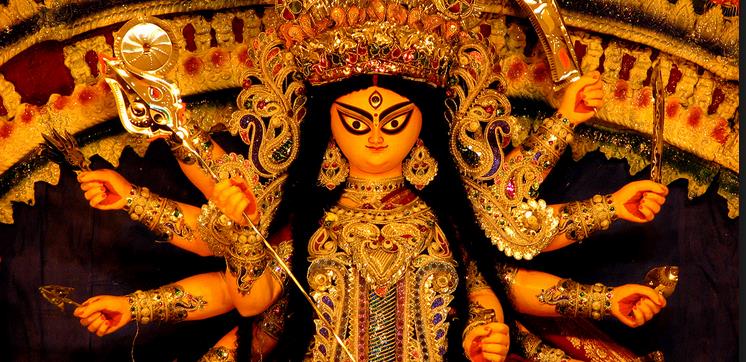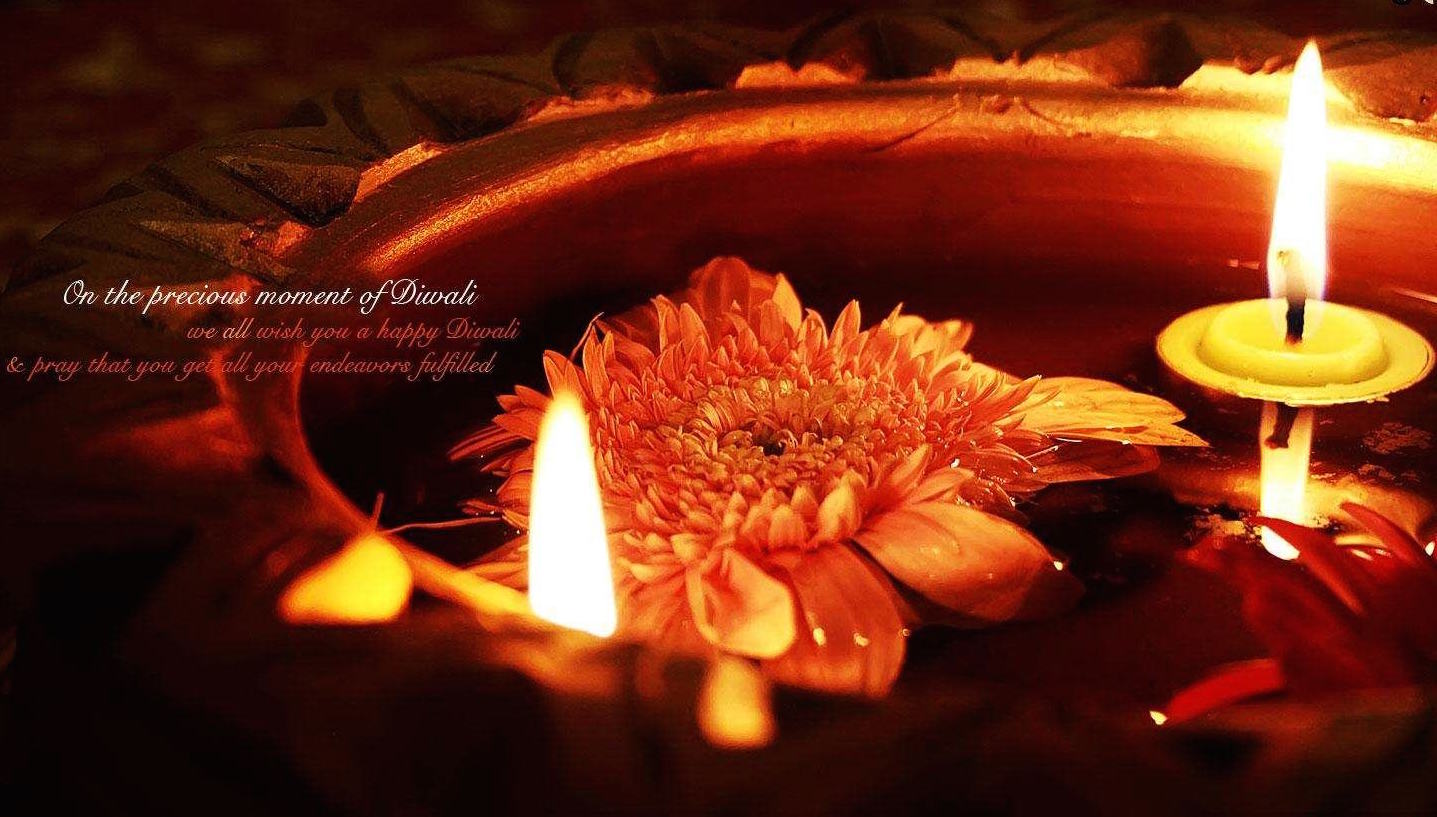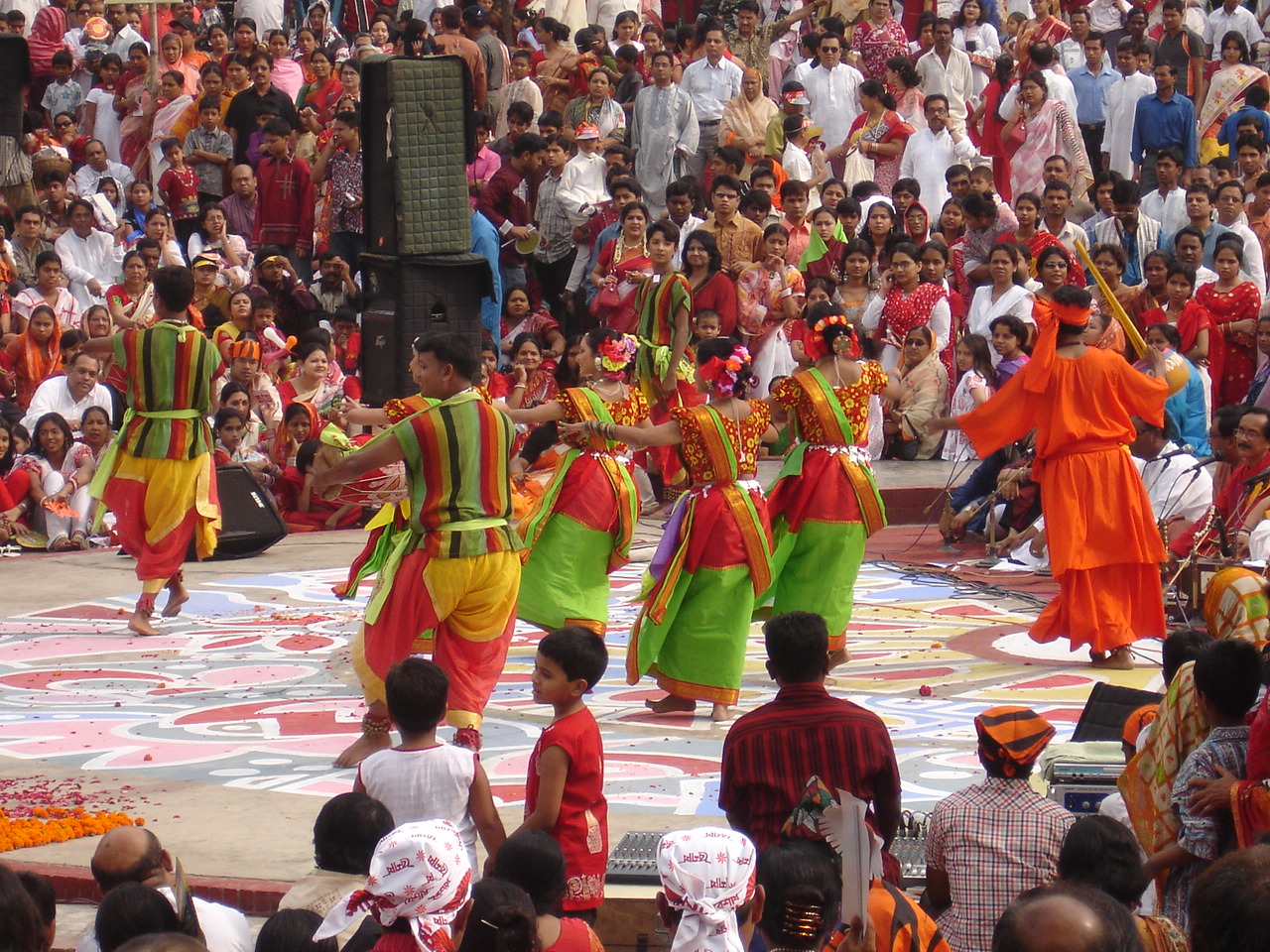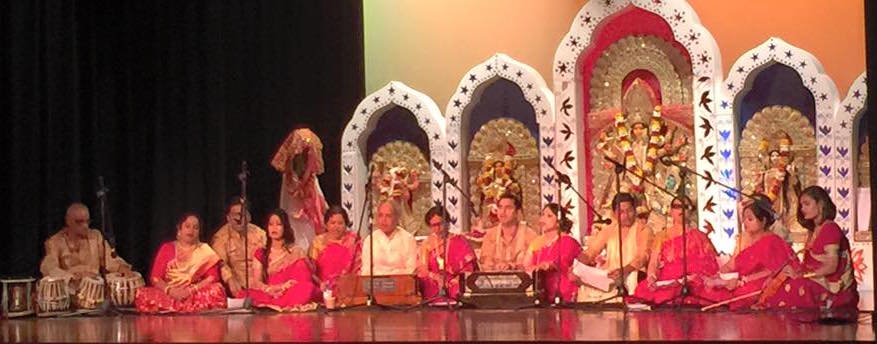Vasant Panchami (Sanskrit: वसन्त पञ्चमी) Hindi: वसन्त पञ्चमी), or Basant Panchami, refers to the following festivals: the religious Hindu festival of Saraswati Puja (Bengali language:সরস০বতী পূজা, Odia language:ସରସ୍ୱତୀ ପୂଜା), also called Shree Panchami; Sufi Basant observed in Sufi shrines; the seasonal spring festival of Vasant Panchami observed in many regions; the Basant Festival of Kites of the Punjab region; observance in Gurdwaras as a Sikh festival; the birthday of the Deo-Sun God in Bihar and a harvest festival. The festivals are celebrated on the fifth day of Magha.
Etymology
Vasant Panchami has a specific meaning: Vasant means “spring,” and Panchami means “the fifth day.” Vasant Panchami falls on the fifth day of spring.
The festival is observed in the northern part of the Subcontinent. Although it is notified in the ritual calendar of South India, it is not celebrated as a household or public event but in temples as a religious festival. The same rings true of the central region of Madhya Pradesh.
Date
Vasant Panchami is celebrated every year on the fifth day of the bright half of the Indian month of Magh (spring season, January to February).
Religious festival
Hinduism
Kamadeva and Rati
In ancient Indian literature, Vasant Panchami is associated with Shringara Rasam and the festival was celebrated in this tradition. Celebrations today still honor Kamadeva, his wife Rati, and his friend Vasant (the personification of Spring).
During the ancient period when Vasant Panchami was more oriented toward Kamadeva, dancing girls, dholplayers, and other celebrants would come to the royal Bakshi’s palace to create an informal durbar with the royals. Specially made Vasanti clothes would be worn by the dancing girls and younger royal ladies, consisting of a skirt, blouse, and pink or saffron sari with tiny red square or circular dots. This clothing would be further embellished with gold and silver borders and brocade work. On the celebration day the dancing girls would collect flowers and mango leaves (a reference to one of the love-arrows of Kama Dev) from the garden of the Bakshi’s palace. The flowers and mangoes were arranged in brass vessels and the informal durbar would be set up. The occasion was marked by the singing of various ragas usually on the theme of love (especially songs involving Krishna and Radhaor the gopies of Brij Bhoomi). At the conclusion of the celebration, the flowers would be sprinkled with red gulal and the dancing girls would apply it to their cheeks. They were then gifted a sum of money by the royal ladies. Today this is not practiced, and the festival is oriented toward Sarasvati, however Kamadeva remains an important figure as feasts are held in his honor during Vasant Panchami, and the theme of love remains an important part of the festival with this being the most popular day of the year for weddings in some areas.
Vasant and Holi
Vasant Panchami is the first and more minor of two spring-themed festivals in Hindu culture. Vasant Panchami initiates the spring festive cycle and heralds its summation that occurs with Holi. The 40-day period between Vasant Panchami and Holi corresponds with the 40 days of Rati’s penance after her husband, Kamadeva was reduced to ashes for shooting the eye of Shiva with his love arrows. Between Vasant Panchami and Holi, preparations are made for numerous burnings in effigy of the demoness Holika. Starting on Vasant Panchami, a log with a figure of Holika is placed in a public place and during the next 40 days, the faithful add twigs and other combustible material to the log to form a pyre which is lit on Holi.
In terms of its cultural significance, the festival has been compared to Chinese New Year and the Christian Candlemas, with the subsequent 40-day stretch between Vasant Panchami and Holi compared to the Christian Lenten season.
In places such as Balarama temple in Baithain, the singing of Holi songs and the throwing of color begin on Vasant Panchami and continue throughout the Holi season.
Goddess Saraswati
Maa Saraswati is the goddess of learning, wisdom, knowledge, fine arts, refinement, science and technology. Vasant Panchami is treated by celebrants as Saraswati’s birthday. People worship Goddess Saraswati to attain enlightenment through knowledge and to rid themselves of lethargy, sluggishness and ignorance.
The story of Saraswati Puja is related to the Brahma Vaivarta Purana. Sri Krishna granted Saraswati a boon that she too will be worshipped on Vasant Panchami. After performing morning ablutions and bathing, a Kalasha is established. After worshipping Ganesh, the Sun, Vishnu and Shiva, Saraswati is worshipped. Thereafter, coloured powder is thrown into the air. This is the general form of observance of praying to Goddess Saraswati on Vasant Panchami. In places such as Uttar Pradesh, prayers are offered to Goddess Saraswati and people sing religious verses to celebrate the festival. Interestingly, in Tamil Nadu and South India Saraswati is worshipped on the ninth day of navratri in the month of ashwin.
Saraswati Puja
In Nepal and eastern India, a distinct festival in honour of Saraswati is celebrated. The festival is known as Saraswati Puja in eastern parts of India, and as Sri Panchami in parts of Bengal. In Bengal and eastern India, the primary focus of the day is to honour Saraswati.
Traditions of Saraswati Puja
The day before Vasant Panchami in Nepal, Sarasvati’s temples are filled with food so that she can join the celebrants in the traditional feasting the following morning. In temples and educational institutions, statues of Sarasvati are dressed in yellow and worshiped. Most educational institutions arrange special prayers or pujas in the morning to seek blessing of the Goddess. Poetic and musical gatherings are held and children are initiated to learn the alphabet and are often taught to write their first words. This ritual of initiating education to children is known as Akshar-Abhyasam or Vidya-Arambham/Praasana, one of the famous rituals of Vasant Panchami. Older students clean their pens and inkwells but abstain from reading or writing on this day. In Bengal, idols of Saraswati are taken on procession and immersed in the holy Ganga.
The color yellow plays an important role in Vasant Panchami as it is related to the bloom of mustard flowers during this period. Celebrants usually wear yellow garments, Saraswati is worshiped in a yellow dress, and sweet saffron rice and yellow sweets are consumed within the families.
Promotion as a national festival
Even though in many parts of India, Vasant is observed as a secular seasonal holiday, the Indian government is encouraging the observance of Saraswati Puja in educational institutions. Directives have been issued in Gujarat and Rajasthan to promote the festival where it is traditionally observed as a seasonal festival.
Saraswati Puja is a “great day to inaugurate training institutes and new schools – a trend made famous by the renowned Indian educationist Pandit Madan Mohan Malaviya (1861-1946), who founded the Banaras Hindu University on Vasant Panchami day in 1916.”
Accordingly, Saraswati Puja has grown in popularity in recent years and is associated with schools generally. The festival is fast becoming or indeed has become a pan North Indian festival.
Overseas Celebrations
The festival is celebrated by the Indian diaspora based at Nottingham, UK, every year under the aegis of the socio-cultural group Jhankar-NICA.
Source: Wikipedia






